|
The internet here has been so slow the last few days that I haven't been able to put up the stories that I would like. Last night took 1.5 hours just to get one picture up before I gave up. Tonight things seem a bit better so I am going to try and show some pics from today's adventure at the Kuris Pit entrance to the Black Cave (Simud Putih). First thing we did was head over to the cave area and pack up all our camera, video and vertical gear. This entrance leads to a catwalk used by the nesters who collect the bird nests, and we weren't sure what we would find but we were sure there was an 85-meter sheer drop at the lip of the pit. We reached the entrance and had a very nice view. The first part is the protected buffer forest around the caves, which is a bit over 3,000 hectares. Beyond that are oil palm plantations on most everything except the other steep hills. To get in the entrance, we had to go through the guard hut. These guys protect the bird nests from thieves. Just outside there was a hawk-eagle sitting in a tree. I think it is a Wallace's hawk-eagle At first, the guard for the entrance we wanted to work in was scared to let us in. For good reason, as he wasn't aware we were coming and wanted some assurance from his boss that this would be okay. After a few phone calls by the surface manager on the hill, it was confirmed that we had permits to enter the cave and so the work began. First up, Guy filming Benjamin as he starts the first laser scan on the entrance. So they brought the scanner to the lip and ran it. Next up, Don McFarlane forged the way down to the catwalk with a short rappel. There was a lot going on at this point. Benjamin was watching the scanner, there was a local with a safety harness attached to a rope to keep an eye on us, the area boss for the entrances in this area was making sure things went well, and then there is Don playing at the top of this big pit The guard shack is right at the cave entrance, and all the metal sheeting is so that any thieves would have to make a lot of noise to get in the cave. So, the scanner is down on the catwalk and they get the scan. And finally, the crazy mappers took the scanner out the catwalk to get a final scan from around the corner and the last part of the cave we hadn't mapped in this area. Success!
After finding all the entrances, we headed back down the hill and into the hortizontal part of the cave to look at things from the bottom of the pit. The idea was to line up what we saw on the surface with what we could see from the bottom. 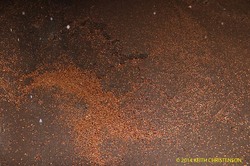 A waterfall of golden cockroaches A waterfall of golden cockroaches We found one truly amazing site at the bottom of the giant guano pile, a waterfall of cockroaches! The guano pile is so steep that it is just about ready to landslide, which is called the angle of repose. When the cockroaches burrow around in it, the physics changes and it slips downhill. Here on the upper left the roaches are cascading into a giant heap, they then work their way down and to the right, and those are highways of roached heading back up on the right. The video is amazing. Getting late here, so I will end with a butterfly from the visitor's center
A few more shots from this area. I was hoping to be able to ID some of this stuff, but limited luck. I will update IDs if I can work them out later. A few more pics from last weekend's trip to Melrose Caverns. Surface stuff mostly.
I tried real hard to figure out where this photo is from, but failed. Will update with a location if I can figure it out. And I haven't put up any crazy video links lately, so here is one:
http://www.wimp.com/downhillbiking/ This photo was taken at night, and might be a moth or a butterfly. You decide.
Update... And, now that Mr. Wallace has chimed in with a comment, I have posted the answer in the comments section. This rather striking butterfly is from the Sarawak area of the island of Borneo (the Malaysian side). Borneo has great critters, and I really should put up a lot more pics from this area. But hard to give IDs on such things, as I am not an expert on Borneo invertebrates.
The BCCS is a non-profit corporation that owns some big caves and is all about exploration and conservation of those caves. Which are, for the most part, brutally hard caves to visit. That is, other than Butler Cave, which is a nearly 17-mile cave with mostly big passages from the start. Yes, there are tough bits in Butler Cave, if you want to find them, but the other caves start off hard and can stay that way for hours of caving.
These caves are in the Burnsvulle Cove in western Virginia, and all have locked gates. Access is controlled by the BCCS, which has number of expedition weekends every year when the the caves are open to cavers outside of the BCCS, and trips can be organized outside of the expedition weekends. So the caves are open for caving, although protected by controlling access. Most all of my decent photos from this area are on slides, which take time to digitize. But I was there last weekend at the fieldhouse and bonfire. Some recent pics show that. Here are the rest of my shots from the weekend. I wasn't really there to take photos, but took some nonetheless. |
AuthorKeith Christenson - Wildlife Biologist Categories
All
Author
Keith Christenson Wildlife Biologist Archives
September 2021
|
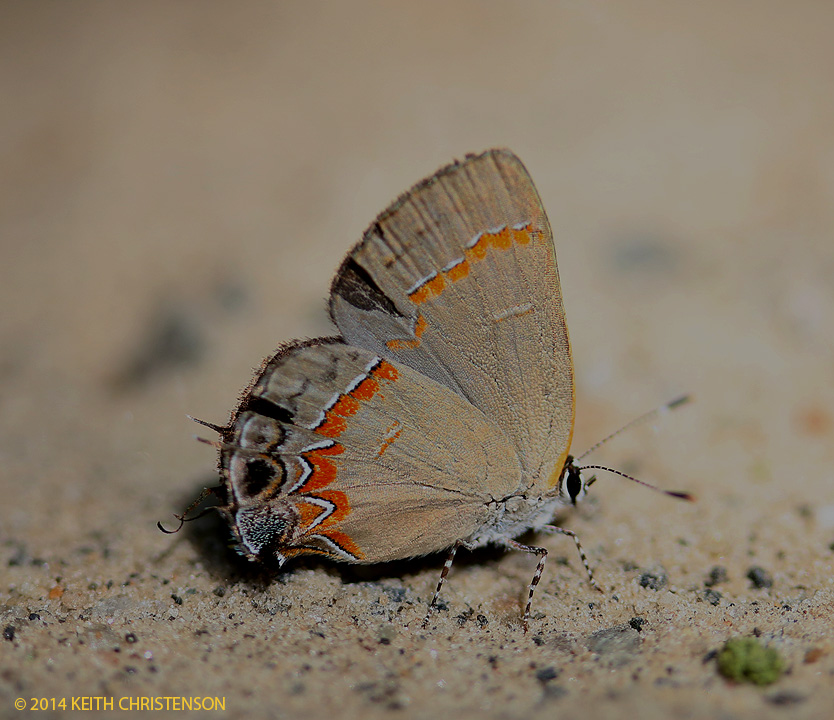
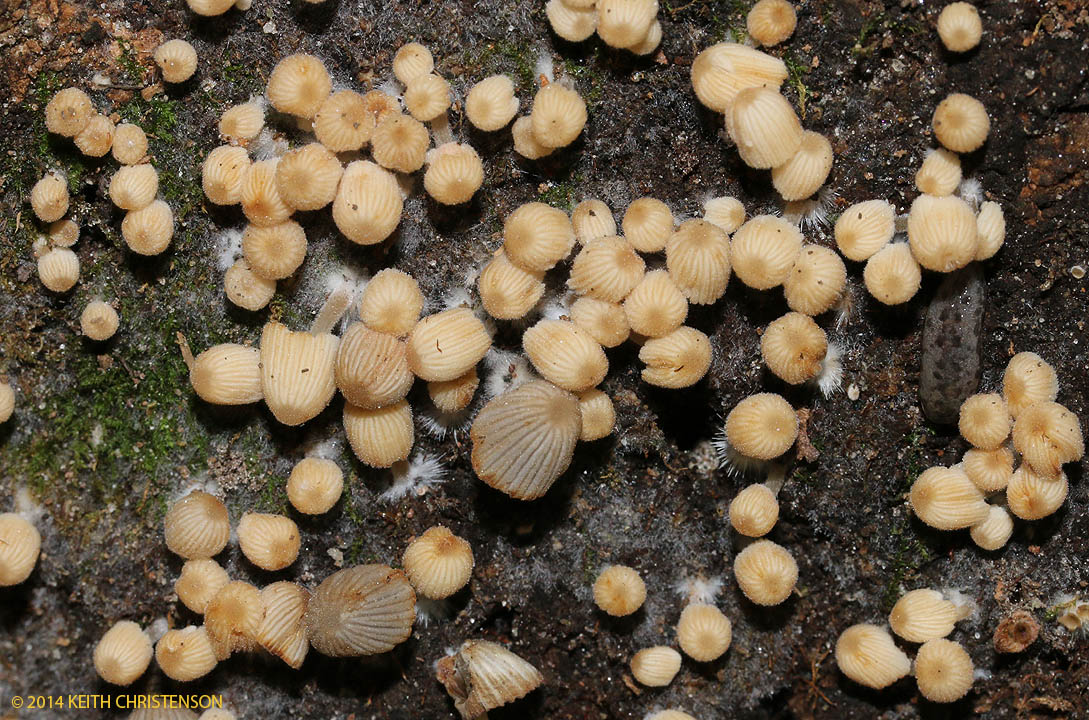
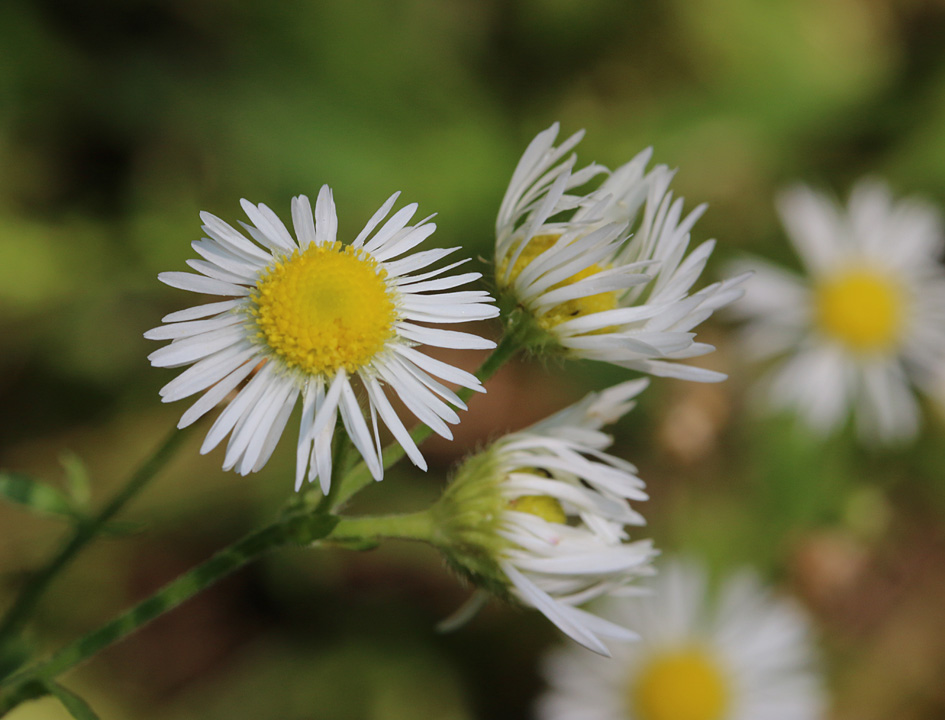
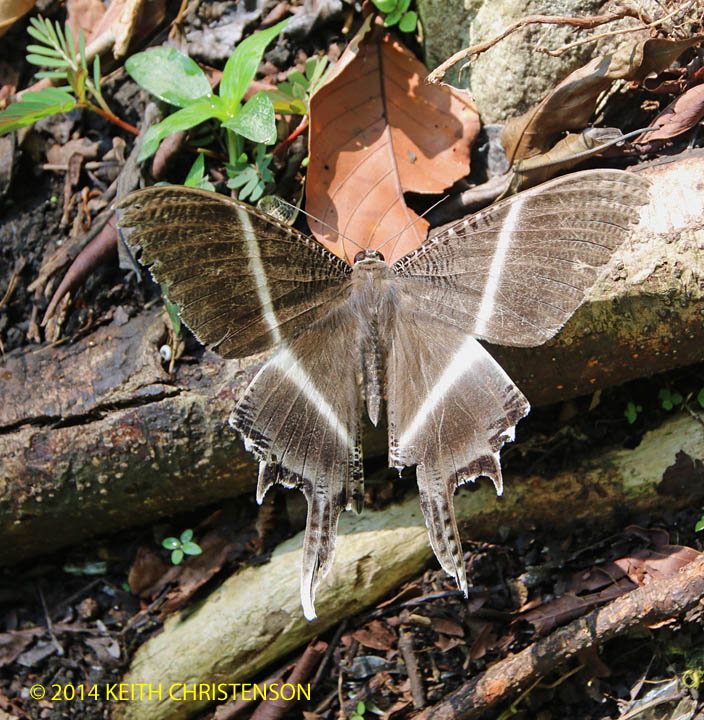
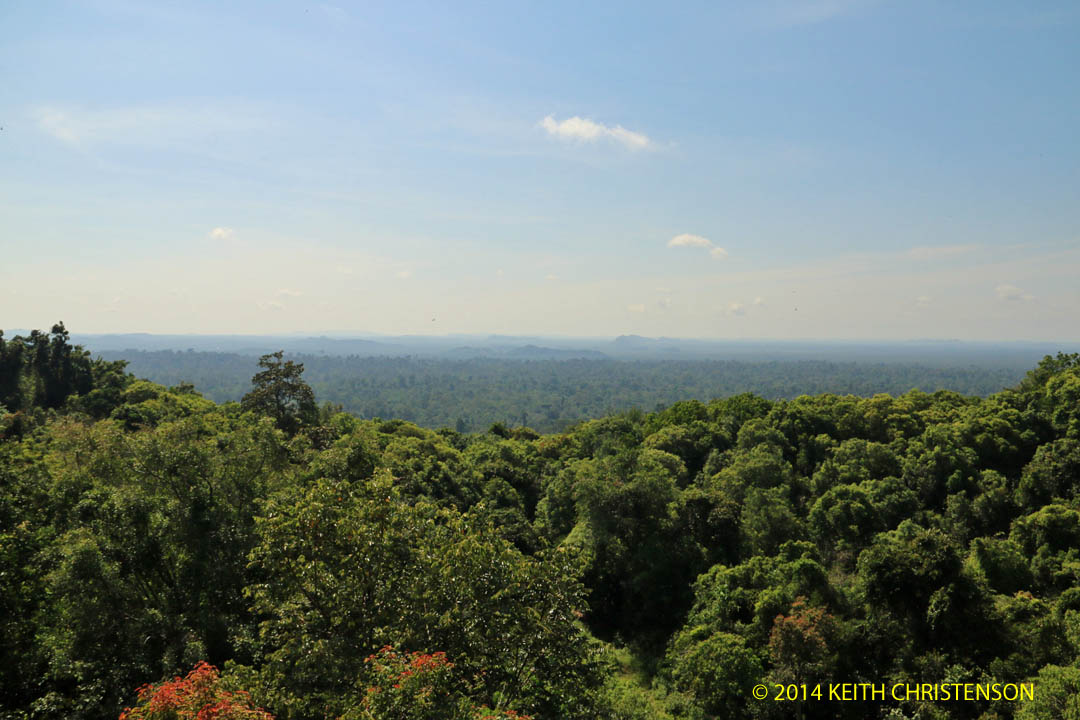
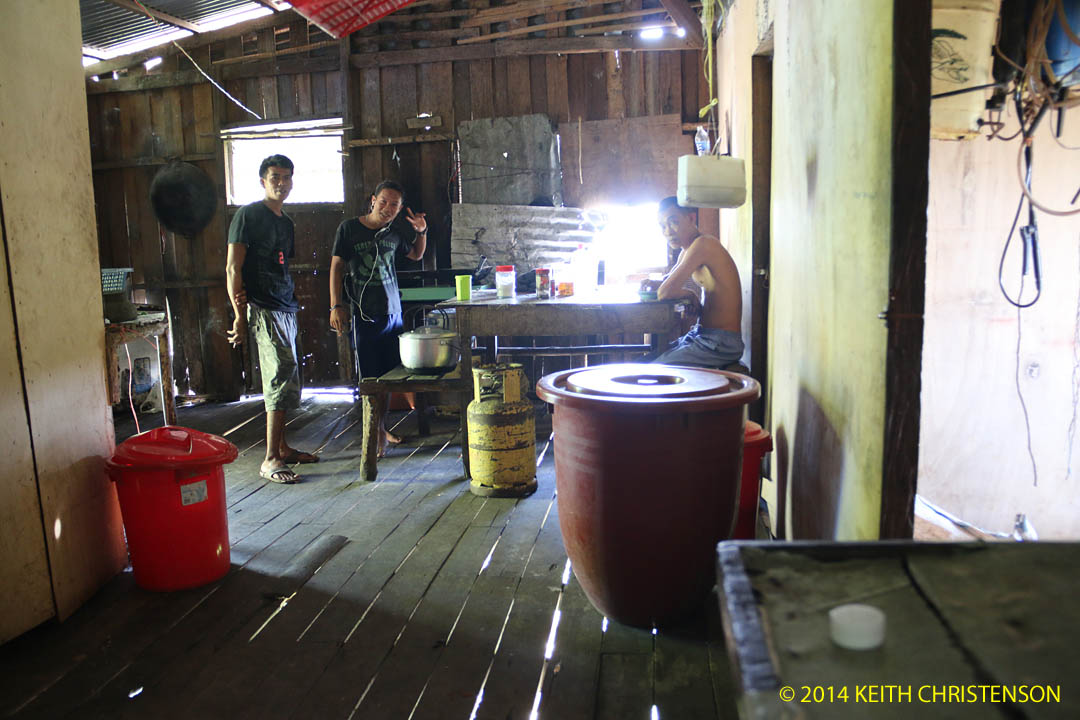
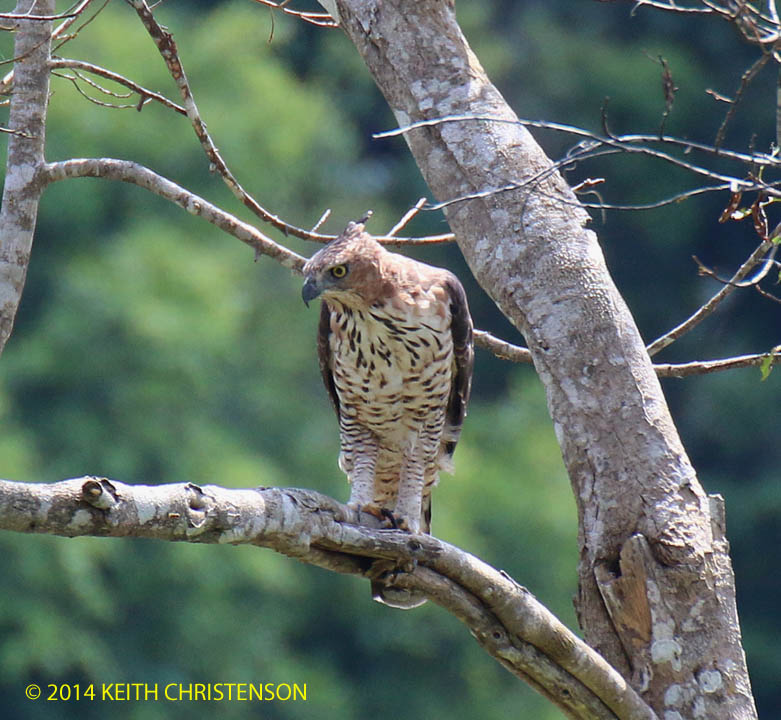
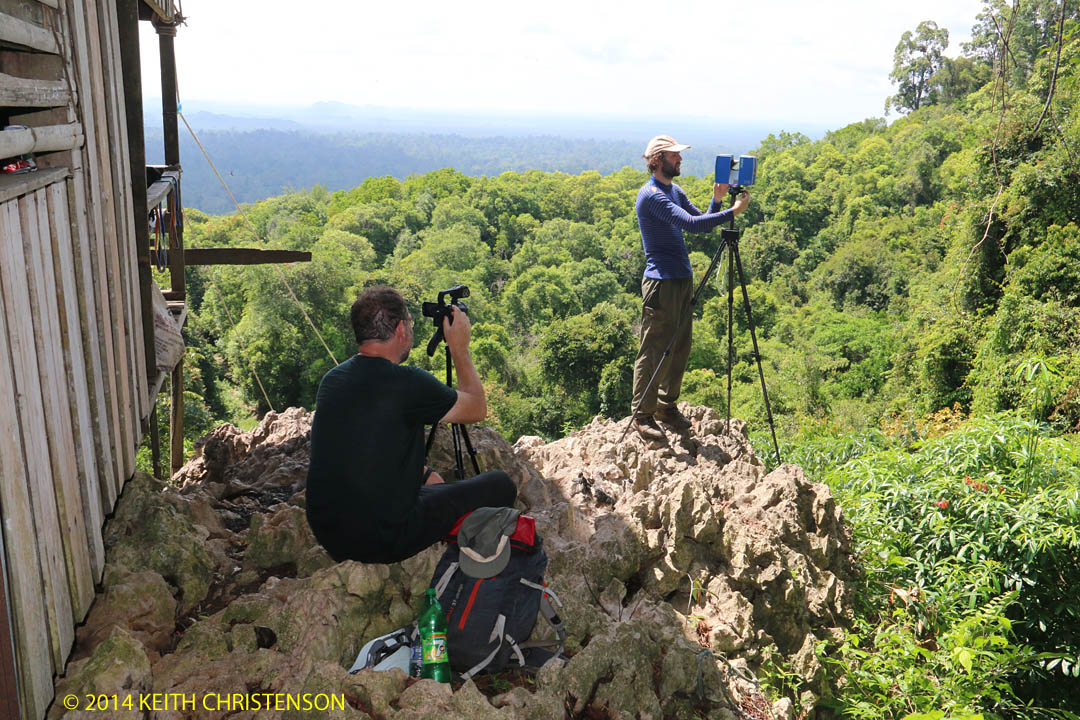
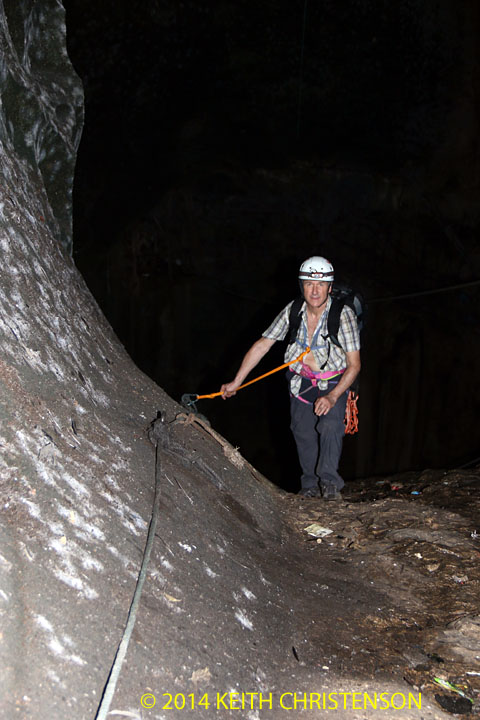
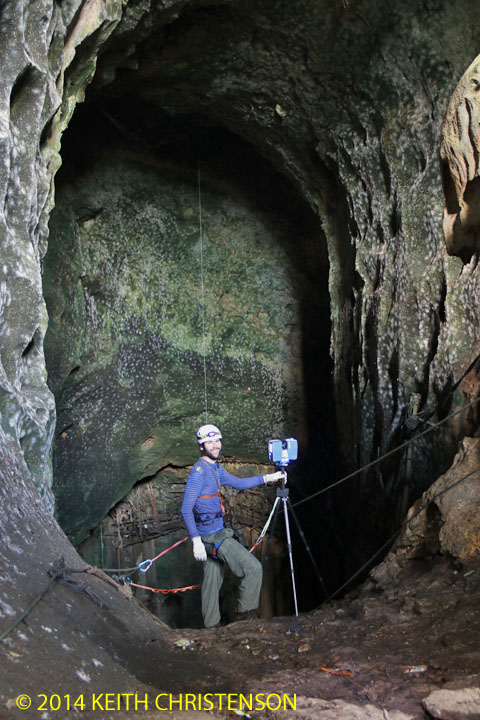
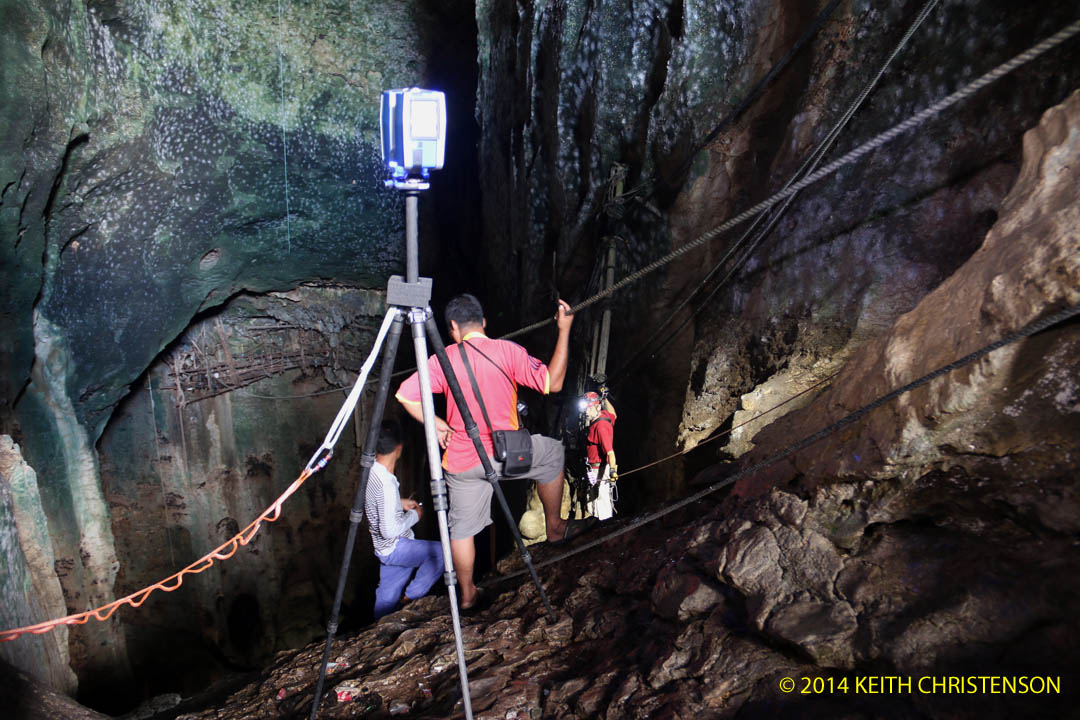
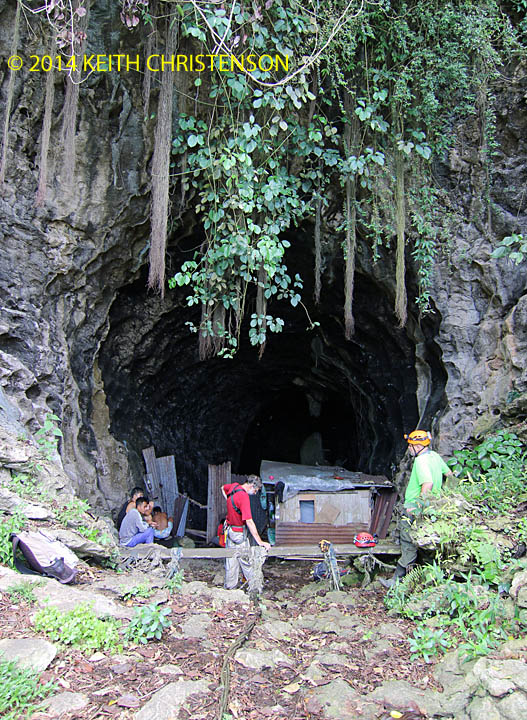
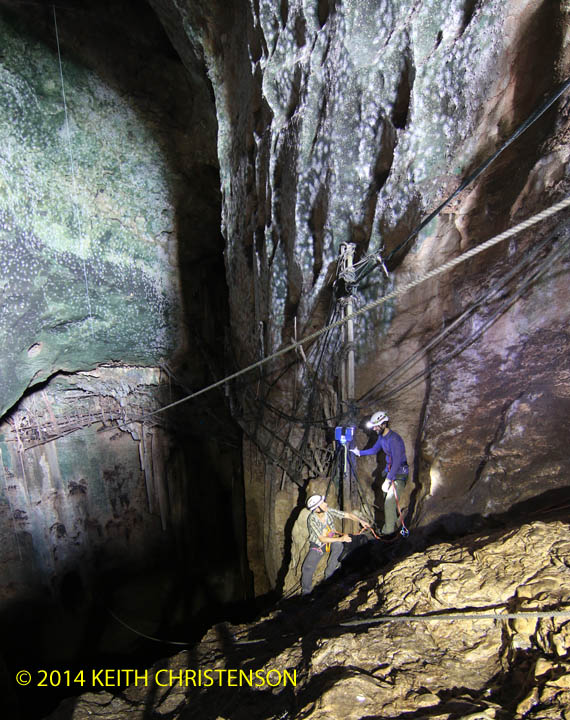
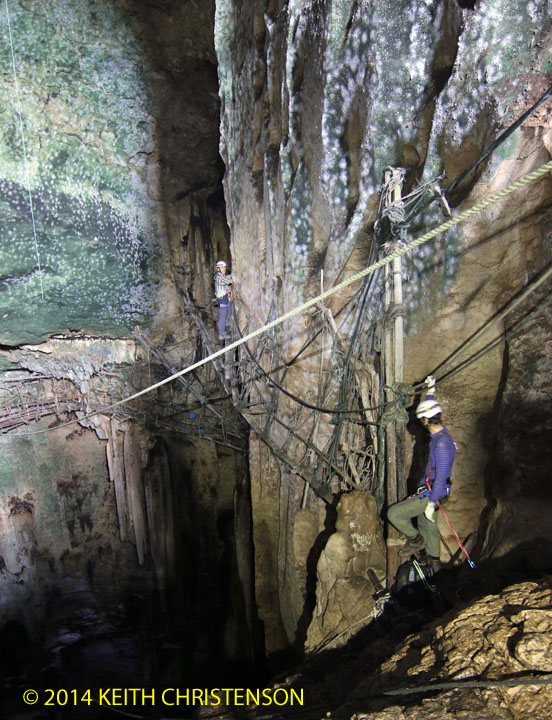
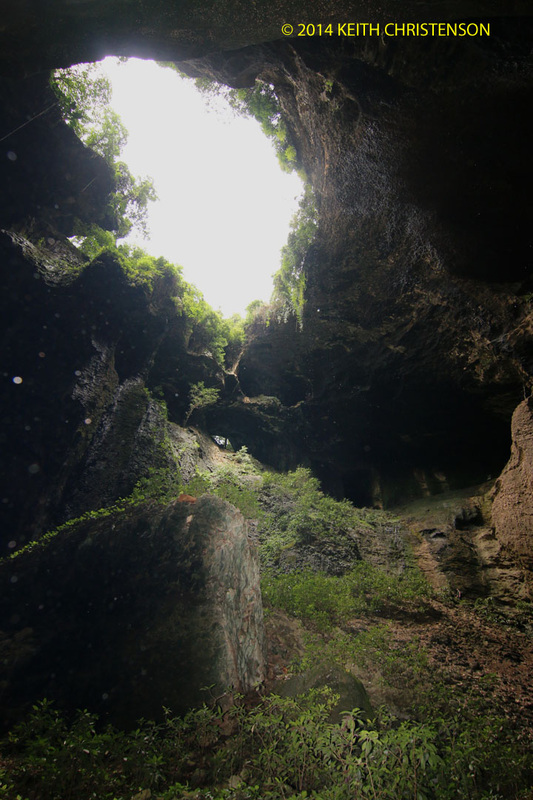
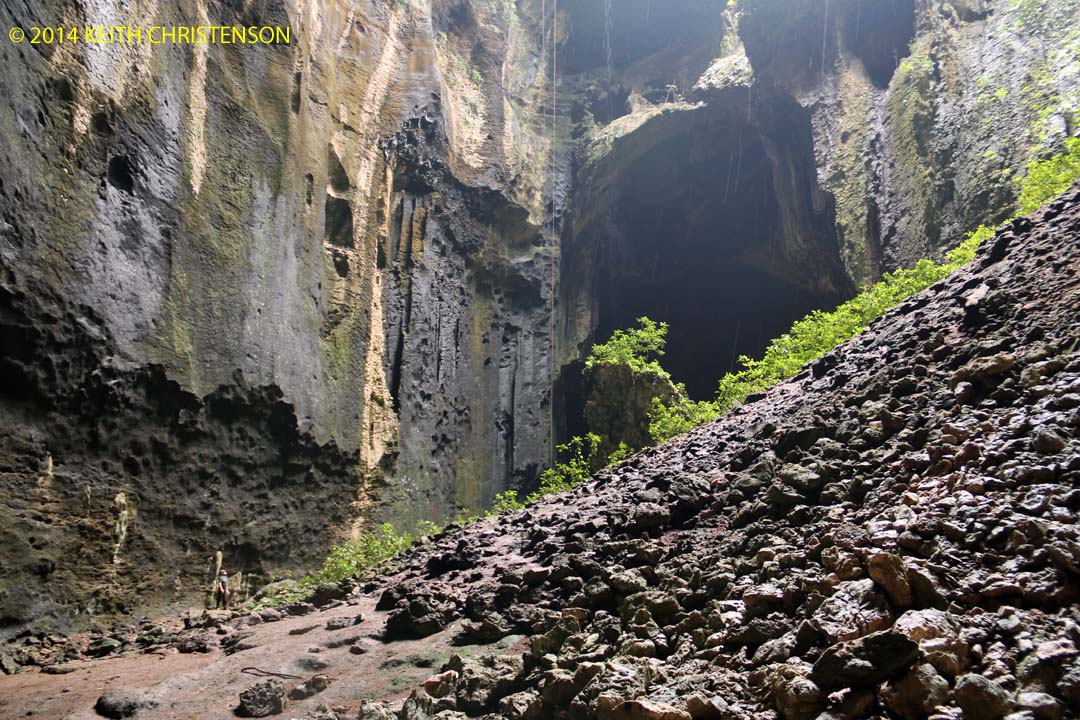
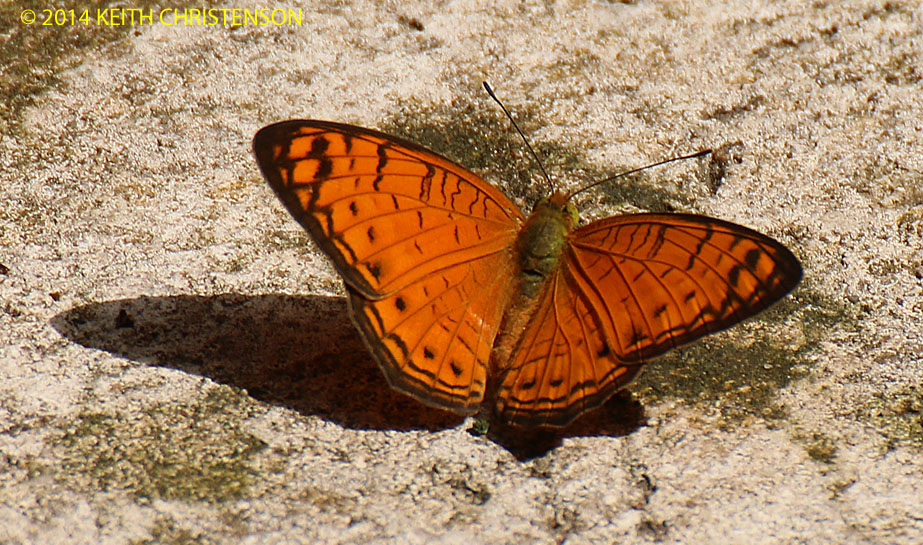
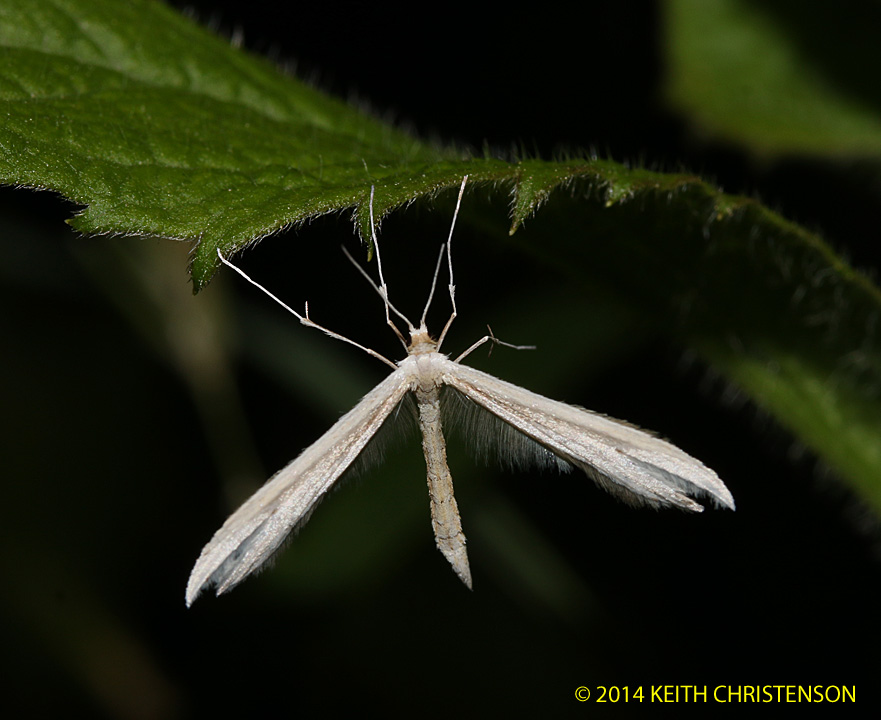

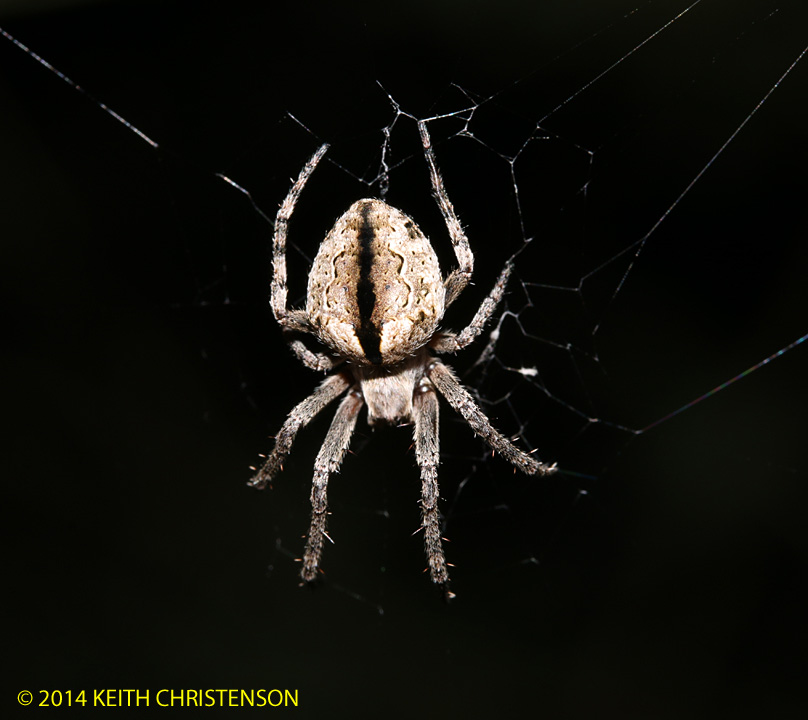
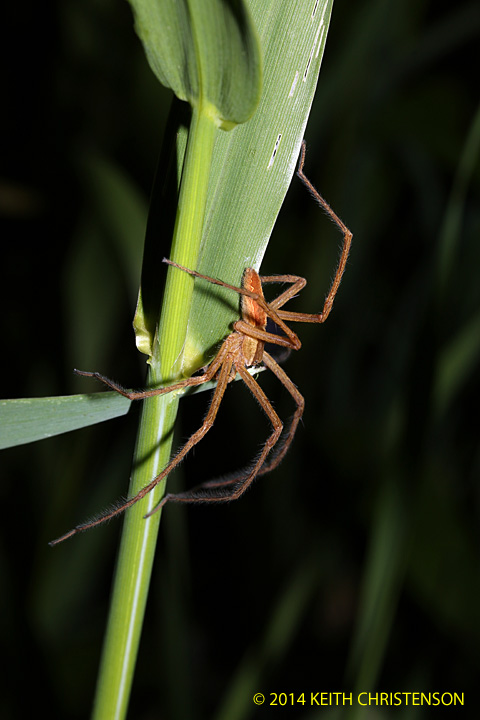
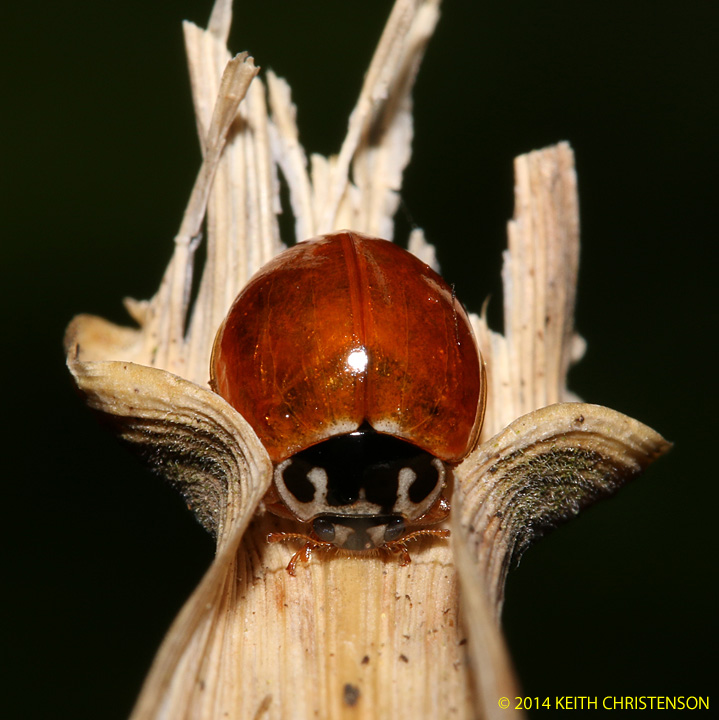
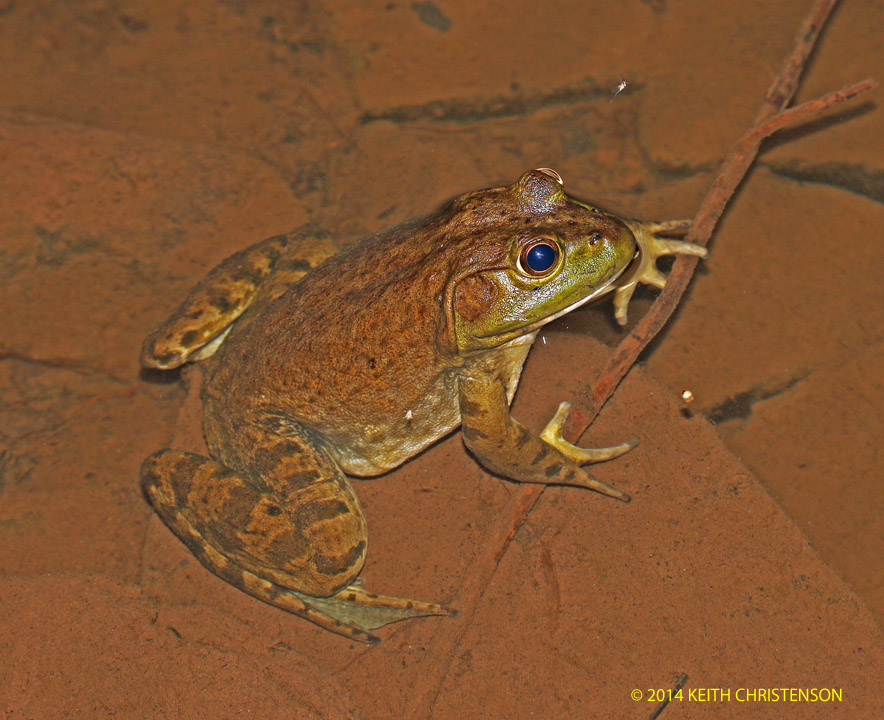
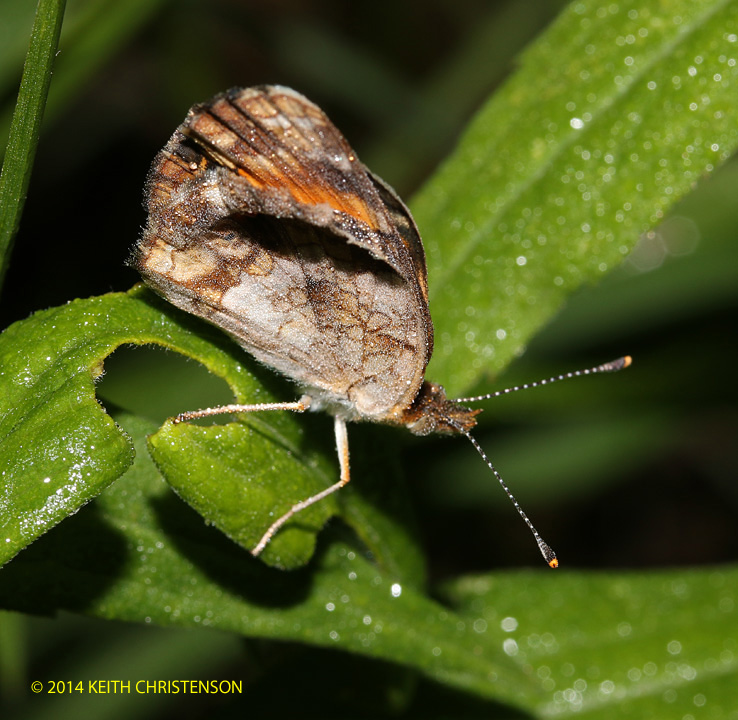
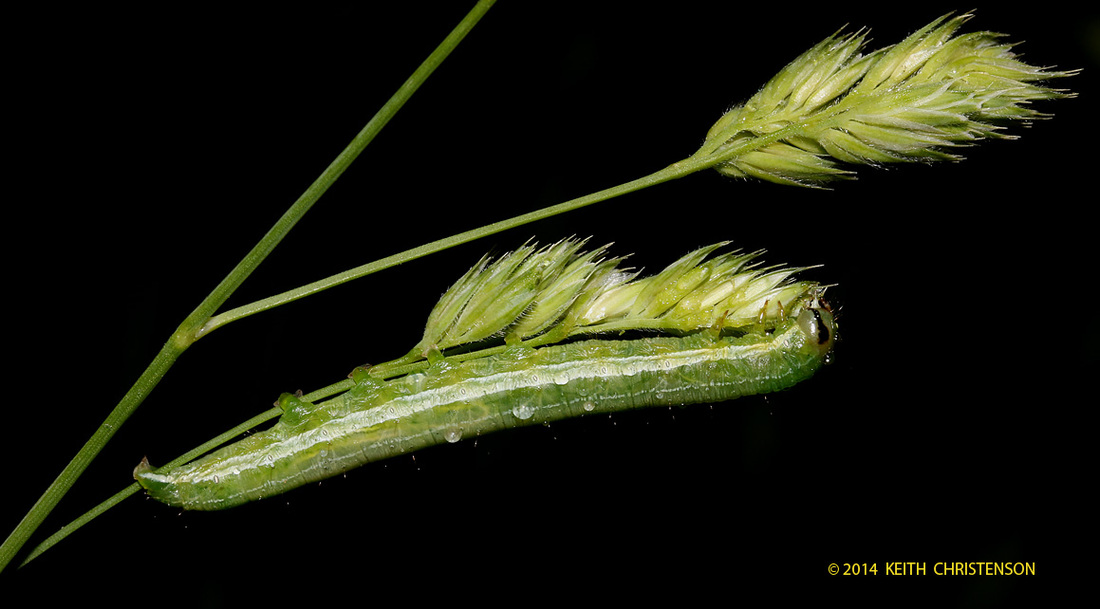
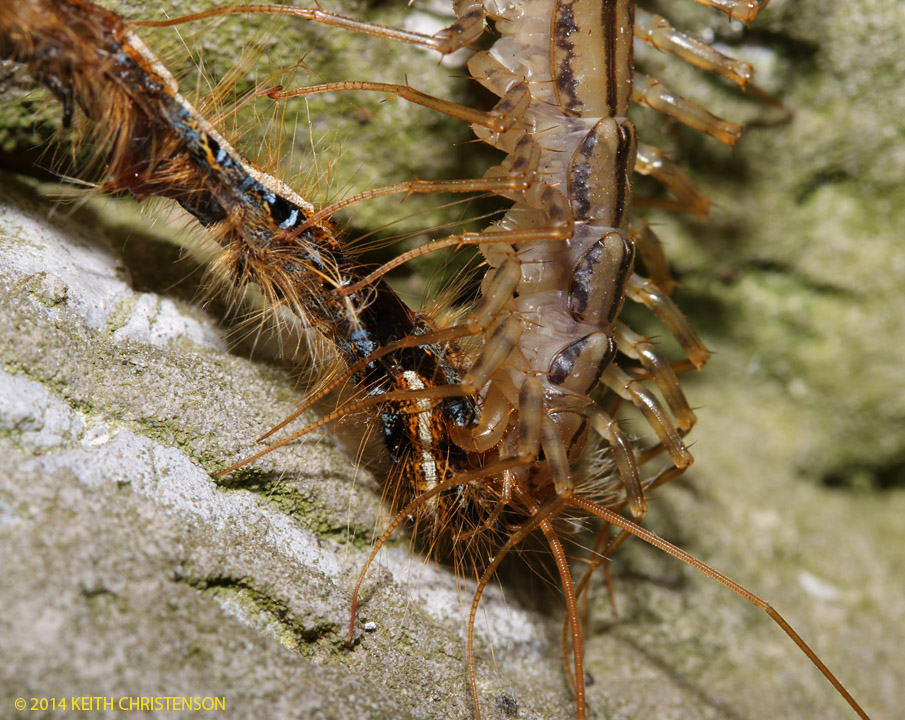
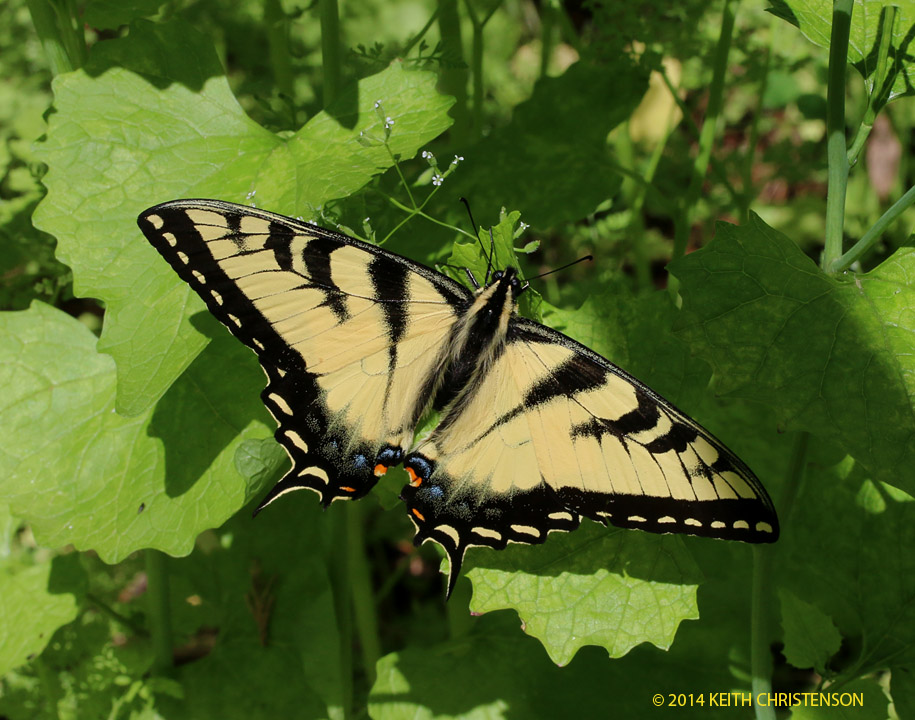
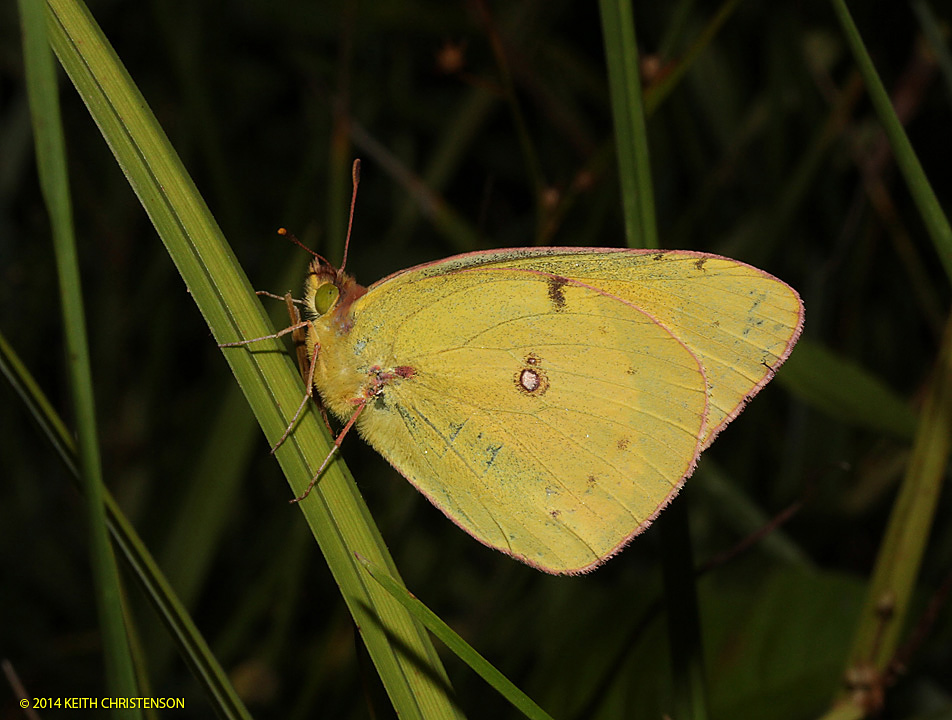
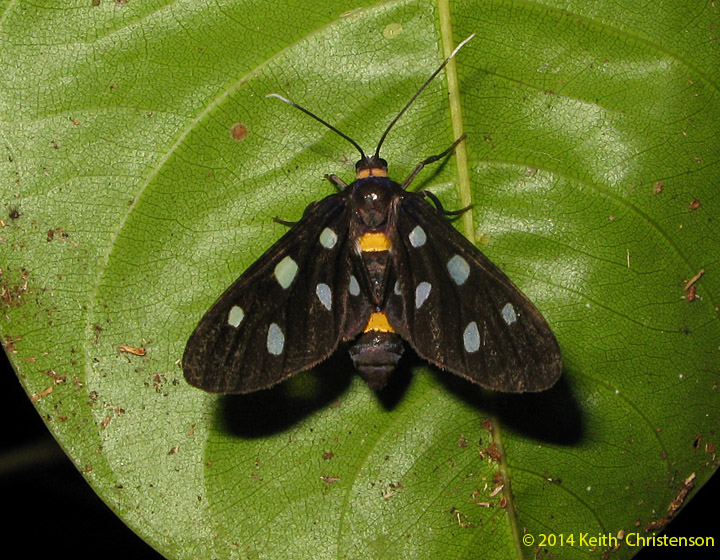
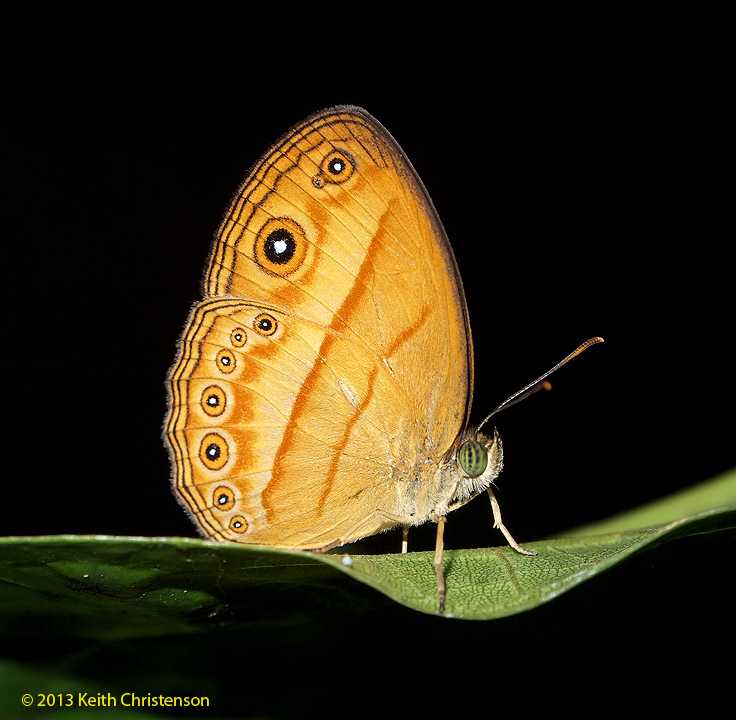
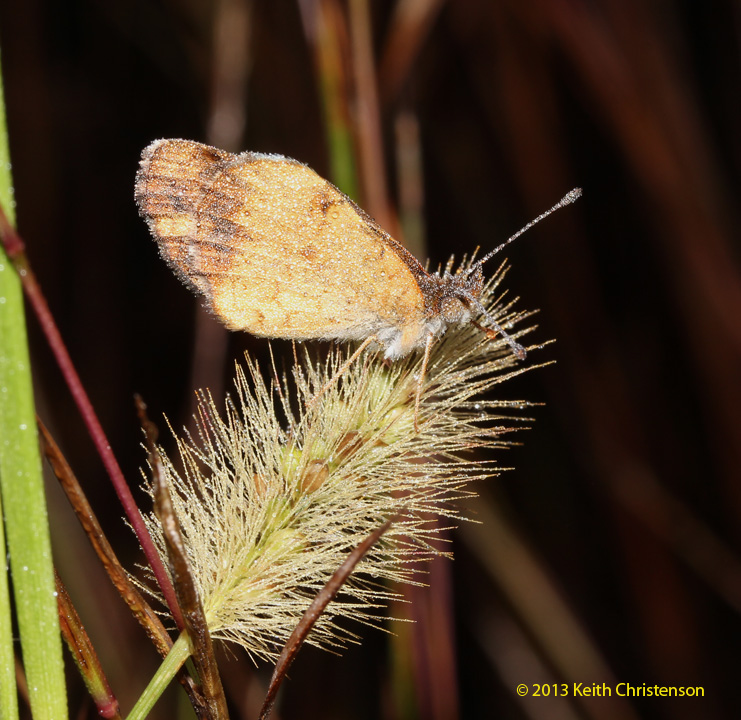
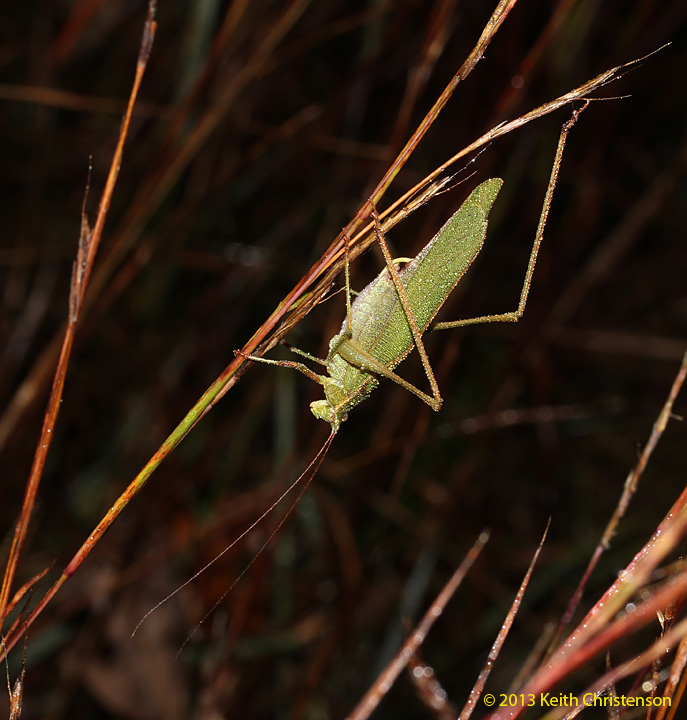
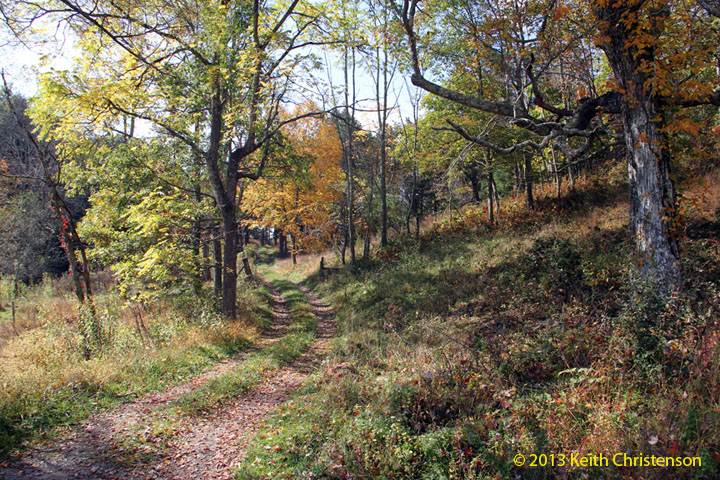
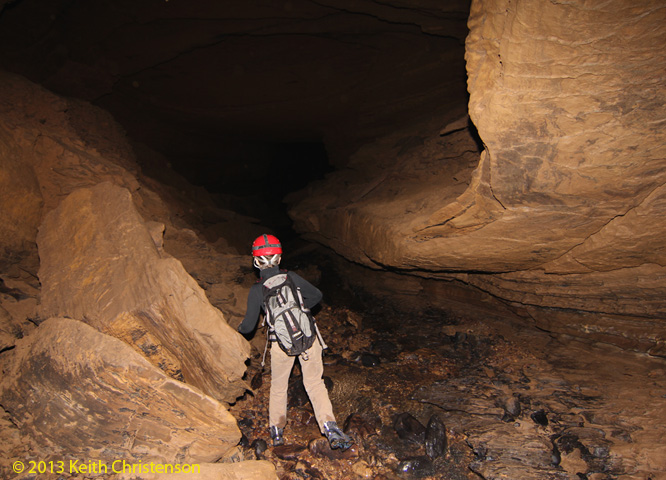
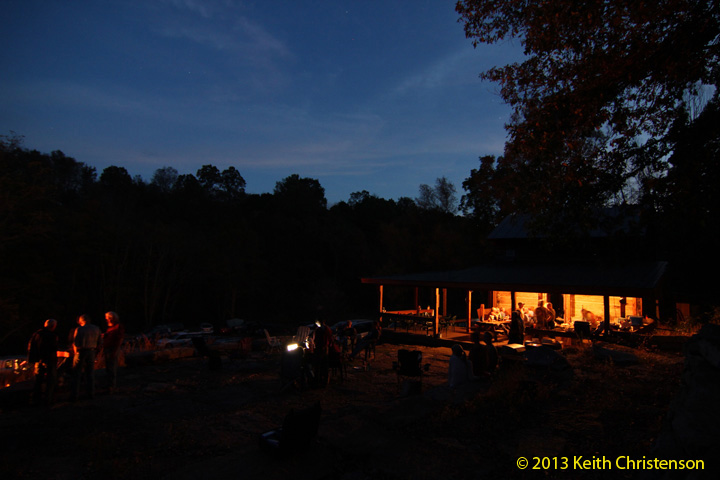
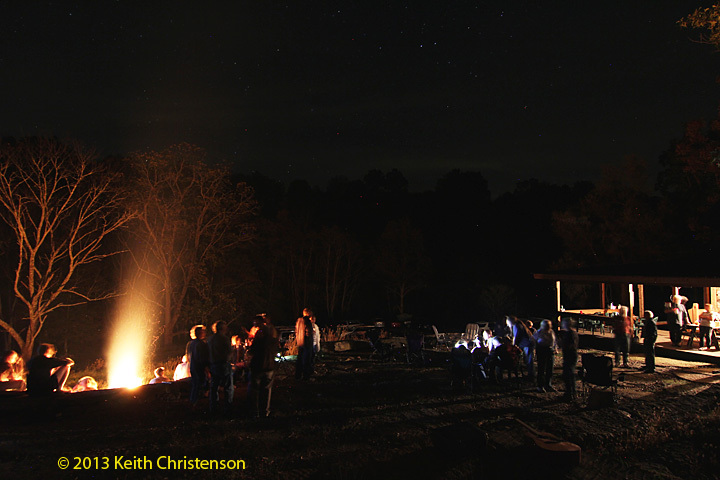
 RSS Feed
RSS Feed